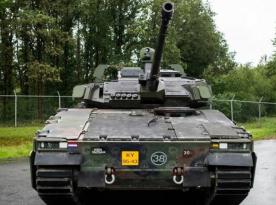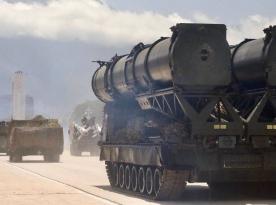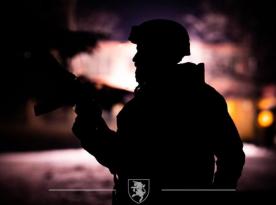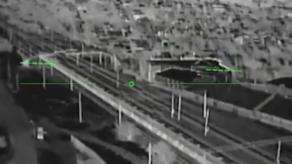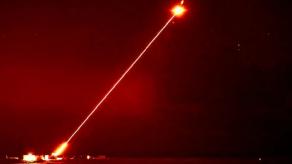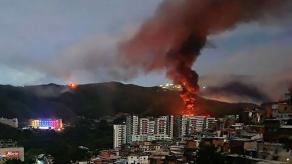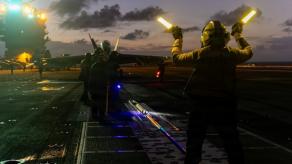New details appeared regarding the Orion unmanned combat aerial vehicle (UCAV) of the russian invasion forces downed yesterday, October 21st. The russian attack drone was equipped with four Kh-BPLA anti-tank missiles.
The carrier, Orion UCAV, is a rather interesting target in itself. There were only three units in the russian armed forces when they launched the full–scale attack on Ukraine in February 2022. Since then, their numbers have grown by an unknown margin, as evidenced by the fact that Ukrainian defenders had downed at least five drones of this type by June 2024 but they still barely made appearances over the 2.5 years of hostilities. That makes Orion a relatively rare bird compared to other aerial drones in russian service.
Read more: Ukrainian Paratroopers Shot Down russian Orion UAV in the Kursk Region

It is not just rare but quite dangerous as well, given its capabilities. With fuselage length and wingspan of 8 and 16 meters, respectively, this large unmanned vehicle can operate within a combat radius of 250 kilometers (155 miles) carrying up to 180 kilograms of payload, including said Kh-BPLA missiles. The maximum takeoff weight is 1,000 kilos, and the speed is 120 to 200 km/h (~124 mph).
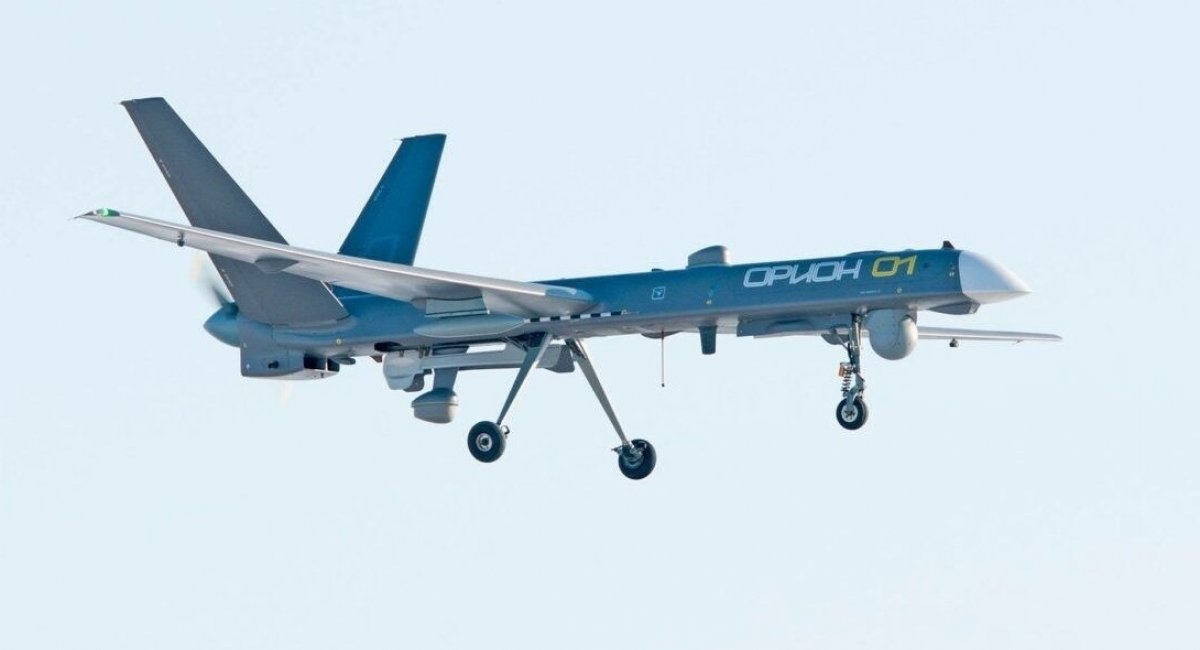
The weapon is essentially an airborne version of the Kornet ATGM, designed specifically to be used by drones like Orion, Forports, and Altius, or the newest S-70 Okhotnik — currently only existing as prototypes, one of which was downed a few weeks ago.
Dubbed Kh-BPLA (sometimes spelled as X-UAV), the missiles operate in semi-active guidance mode, where the drone highlights the target with a laser beam, at declared distances of 2 to 8 kilometers. Earlier, Defense Express delved into development history and other specifications in a dedicated article.
X-UAV aircraft guided missile. 1/n#ARMY2024 #KBP pic.twitter.com/U25vPfQODi— Michael Jerdev (@MuxelAero) August 12, 2024
Notably, the Orion downed October 21st was intercepted by a Strela-10 air defense system which has a maximum range of 5 km. This means the possibility the Ukrainian air defense team emerged victorious from a duel at a mutually reachable distance.
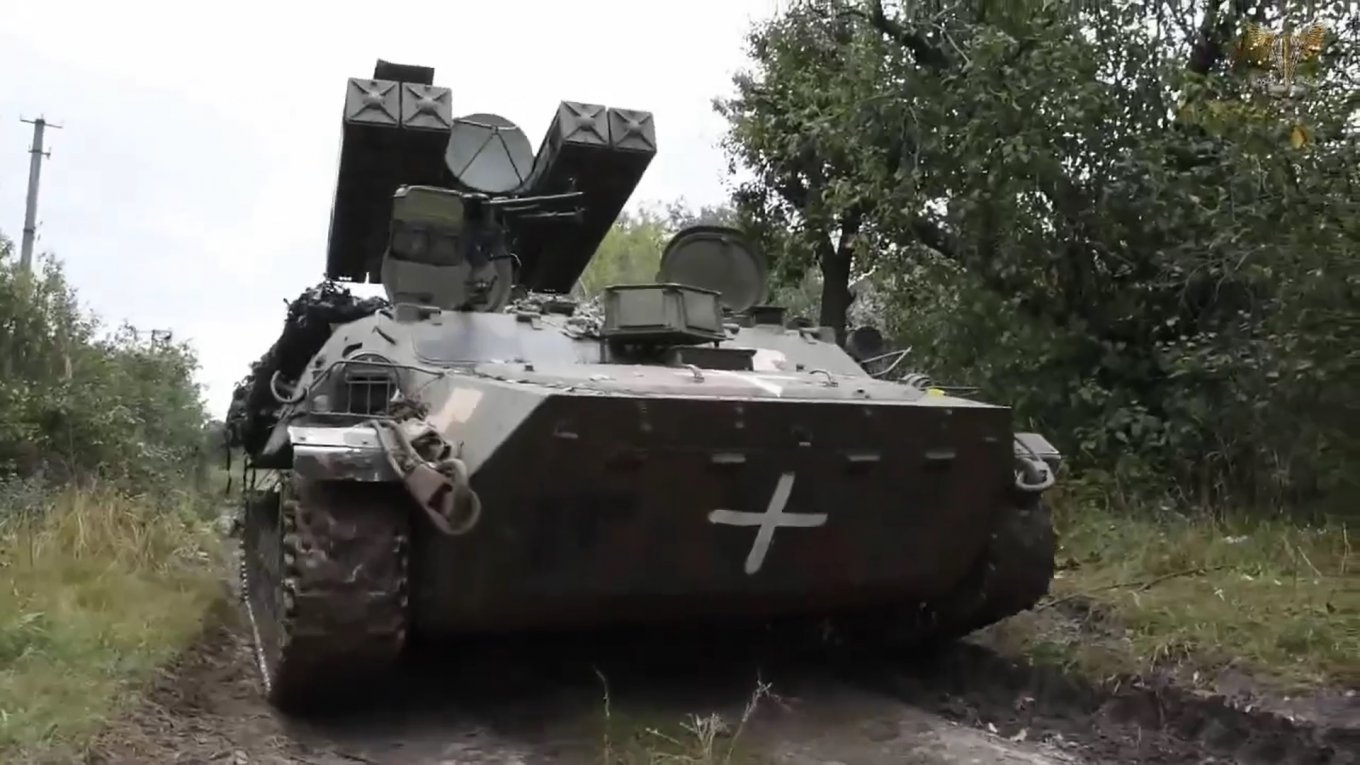
Generally, Orion UCAVs have been increasingly active in the Kursk Region of russia, where Ukrainian forces are carrying out an incursion operation. Since the beginning of the Ukrainian campaign in August 2024, russian sources published videos showing, as claimed, Orion drones attacking Ukrainian tanks, and two drones have been downed in the area: on August 31st and October 20th, accordingly.
This increased activity suggests that russian command still hasn't given up on the idea to use multirole UAVs in the war against Ukraine, despite the heavy air defense and electronic warfare saturation — characteristic features of this conflict. Perhaps, russian forces use Kursk Region as a proving ground for developing relevant tactics of using this kind of weapon. At the same time, it could be a relatively safe way for drone operators to gain experience, as the russian army is severely short-staffed on these specialists.
Read more: How and Why russia Uses Luneburg Lenses in Drones and Whether the Armed Forces of Ukraine Have Them





